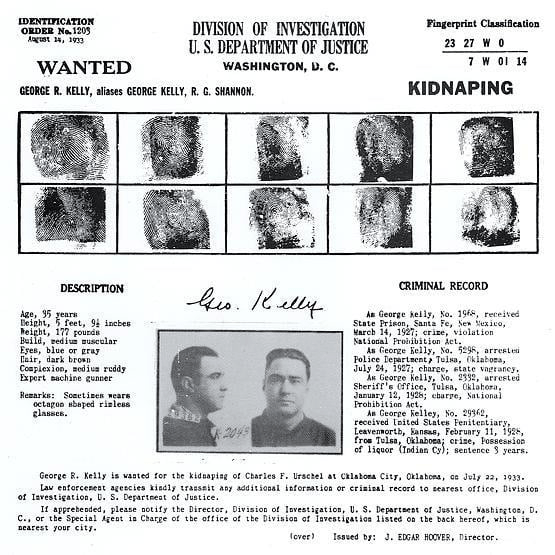United States: The CJIS Division of the FBI has recently marked a major event: the 100th anniversary of the national fingerprint repository. Originally known as the Identification Division or “Ident,” the repository began in 1924 and was first intended to index and gather fingerprints from police departments throughout the United States by hand to help with investigations.
The Identification Division became the CJIS Division in February 1992, which assumed the status of a national repository of criminal justice information services. Technological development over the decades has significantly impacted the field of fingerprint identification. The process was greatly automated by the establishment of the Integrated Automated Fingerprint Identification System (IAFIS) and later the Next Generation Identification (NGI) System. There are only about 3 percent of fingerprint transactions that need to be handled manually by an examiner and response times that used to take weeks only take minutes now.
Looking back at this achievement, Christopher Wray, the FBI director, underlined that the organization has been developing biometric identification for the past hundred years. He thanked the CJIS Biometric Services Section, which consists of approximately 600 employees, who take fingerprints of nearly two million people every year. Wray further emphasized their commitment to improving the safety of society by offering vital resources to police forces in other countries.
Currently, the CJIS Division is in the process of incorporating other forms of biometrics such as irises, palms, and other features such as scars, marks, and tattoos into the NGI coprocessor. Timothy A. Ferguson, the Acting Assistant Director, noted the division’s continued efforts to enhance biometrics in combating crime and terrorism through research and partnership with law enforcement.
Today, the CJIS Division is the focal center for a host of criminal justice services within the FBI. In addition to the biometrics, it oversees other critical programs such as the Uniform Crime Reporting Program, the National Crime Information Centre, the National Instant Criminal Background Check System, and the National Threat Operations Centre, among others.



















